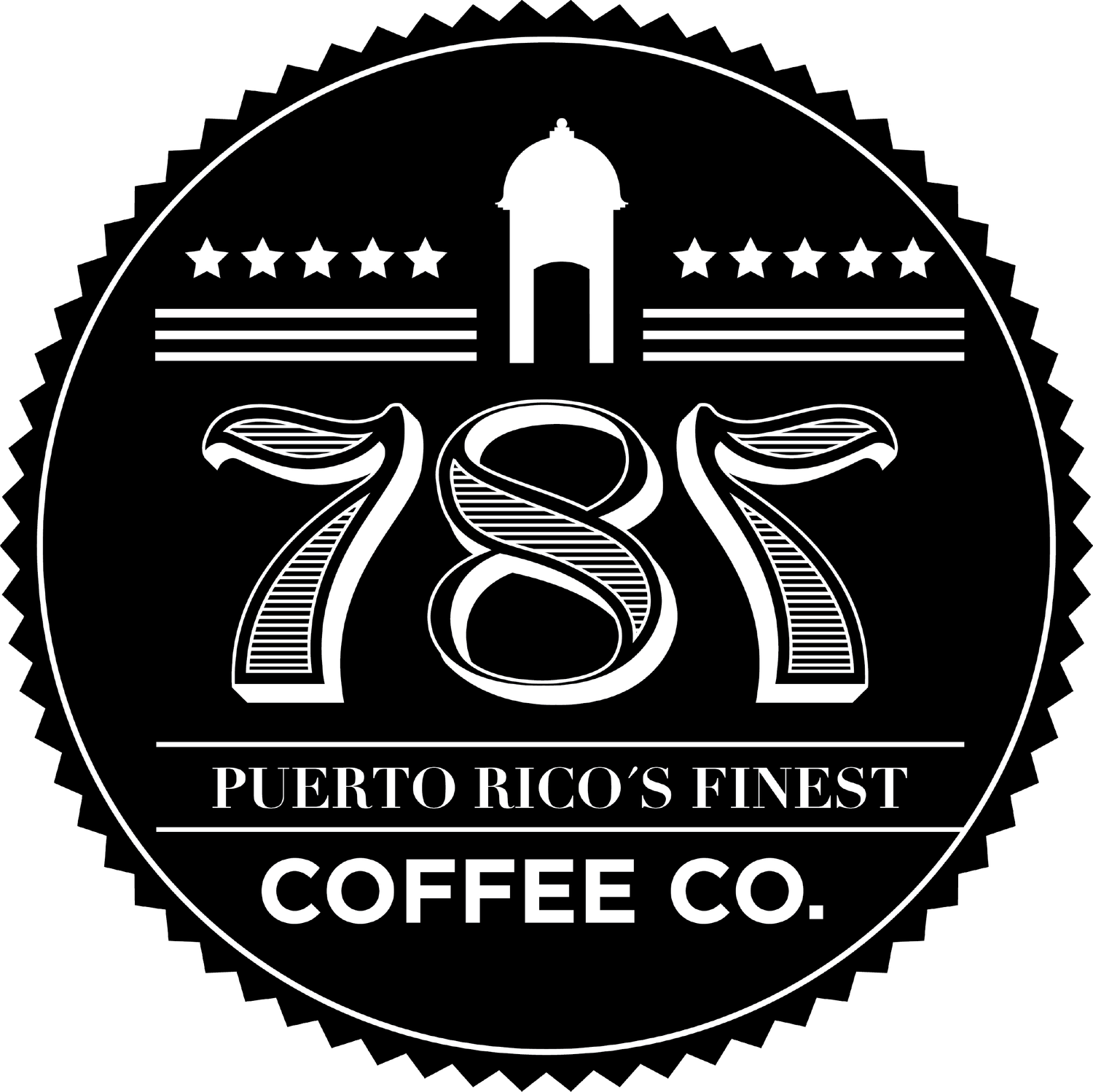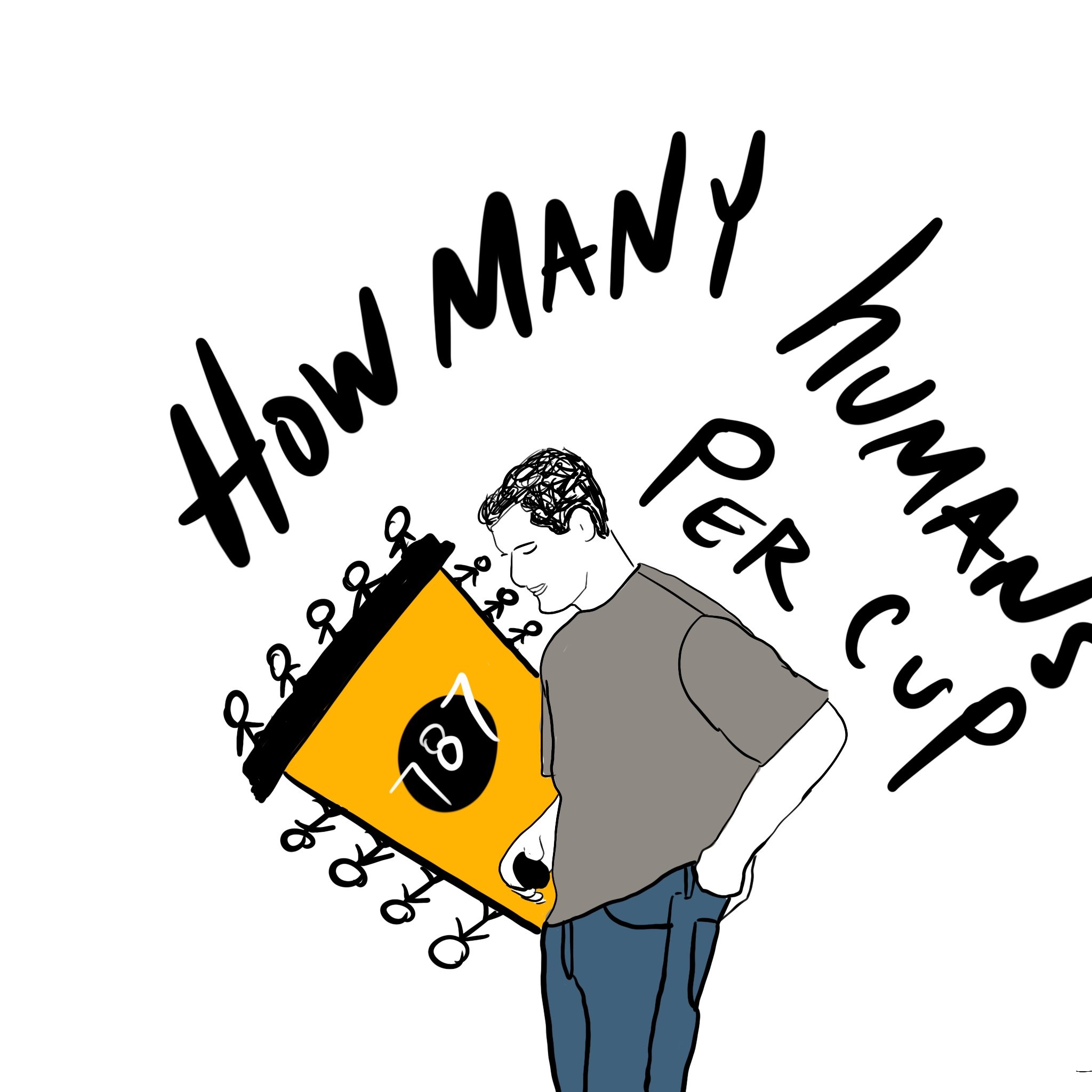How Many Humans Does It Take to Make a Cup of Coffee? A Closer Look at 787 Coffee’s Uniqueness
Let’s Connect on Social
For most of us, making a cup of coffee requires little more than a quick pour or a press of a button. Yet, behind this simple daily ritual lies an intricate process involving countless hands. At 787 Coffee, the story is different—one of community, sustainability, and a commitment to excellence that sets us apart from the rest of the coffee world.
Unlike the majority of coffee consumed in the United States, which is often grown overseas and imported, 787 Coffee proudly grows, harvests, and processes its beans in Puerto Rico, a U.S. territory. This distinction isn’t just geographical; it’s a commitment to quality, fair wages, and environmental sustainability that is rare in the coffee industry.
Coffee Grown in the United States
Most coffee in America starts its journey thousands of miles away in countries like Colombia, Brazil, or Ethiopia. Families working on these farms often face low wages and challenging conditions, with limited support for sustainable farming practices.
At Hacienda Iluminada, 787 Coffee’s farm in Puerto Rico, the process is radically different. Our beans are grown on American soil, adhering to federal and Puerto Rican agricultural standards. This means higher wages, better working conditions, and environmental practices that protect the island’s rich biodiversity.
We don’t clear forests to make way for coffee plantations. Instead, we nurture our farm with sustainable practices that respect the land. This includes using shade trees to preserve soil quality and fostering an ecosystem where coffee trees thrive naturally.
More Than a Paycheck: Paying Above Minimum Wage
For the workers at Hacienda Iluminada, coffee isn’t just a job—it’s a craft. Unlike imported coffee, often produced by underpaid laborers, 787 Coffee pays above the federal minimum wage, ensuring our team is valued for their dedication and expertise. Every hand that picks, processes, and roasts our beans is fairly compensated, contributing to a thriving local economy in Puerto Rico.
A Local Supply Chain That Stays in the U.S.
The coffee journey is typically a global one: beans are grown abroad, shipped across oceans, and roasted domestically before reaching your cup. At 787 Coffee, the supply chain is almost entirely local. From the farm in Puerto Rico to our roastery and coffee shops across the U.S., every step of the process stays within American borders. This reduces our carbon footprint and ensures full transparency, so you know exactly where your coffee comes from.
From Puerto Rico to Your Cup
The beans from Hacienda Iluminada travel from our farm directly to our roastery, where they are carefully roasted to perfection. This streamlined process eliminates the need for international shipping, customs, and complex logistics. It also allows us to focus on what matters most: delivering the freshest, most flavorful coffee to our customers.
Each cup of 787 Coffee is a testament to the hardworking team behind it. From the farmers who hand-pick the cherries to the roasters who bring out their rich aroma, every person in our process is treated with dignity and respect.
Why 787 Coffee Stands Out
Local, Not Imported: Our beans are grown, roasted, and brewed in the U.S., specifically in Puerto Rico.
Sustainability First: We follow eco-friendly farming practices, preserving the land for future generations.
Fair Wages: Every worker in our supply chain earns above the federal minimum wage.
Farm-to-Cup Transparency: No middlemen, no international shipping—just coffee you can trust.
Artisanal Coffee
How Many Humans Does It Take to Grow Enough Beans for a Cup of Coffee?
Total Estimate: 10-15 People Per Cup
Each cup of 787 Coffee represents the work of 10-15 humans, from the farmers and harvesters to the roasters and baristas who serve it. This process reflects a labor of love and dedication that sets our coffee apart.
You might be surprised to learn just how many hands are involved in producing enough coffee beans for a single cup. At 787 Coffee, every step of this process is carried out with care, respect, and sustainability, all while paying fair wages to our team in Puerto Rico. Let’s break it down:
The Numbers Behind Your Morning Brew
One cup of coffee requires about 70-80 roasted coffee beans, depending on the brewing method and strength.
To produce those beans, roughly 40 coffee cherries need to be harvested.
Each coffee tree produces about 2,000 cherries per year, which equates to about 4,000 beans—enough for only 50 cups of coffee per tree annually.
At 787 Coffee, we believe coffee is more than a drink—it’s an experience. From our farm-to-cup process to our signature lattes like the Coquito Latte, Horchata Latte, and Piña Colada Latte, every detail is designed to deliver the perfect balance, mouthfeel, and clarity.
Great coffee is worth chasing. Stop by one of our 787 Coffee locations and experience what makes a great cup of coffee truly unforgettable. Your journey to exceptional coffee starts here.
Let’s Connect
Reviving Puerto Rico’s Coffee Heritage
At 787 Coffee, we are proud to be part of a movement that’s reviving Puerto Rico’s storied coffee legacy. Once the sixth-largest coffee producer in the world, Puerto Rico was renowned for its premium beans, so much so that the Vatican and the kings of Spain specifically ordered coffee from the town of Maricao. This rich history inspires everything we do. By cultivating our beans in Puerto Rico’s fertile volcanic soil and embracing sustainable farming practices, we honor the island’s past while building a vibrant future for its coffee industry. With every cup, 787 Coffee reconnects the world to Puerto Rico’s legacy of excellence and innovation in coffee. Best coffee shops near you. Google us: 787 Coffee shop near me.




